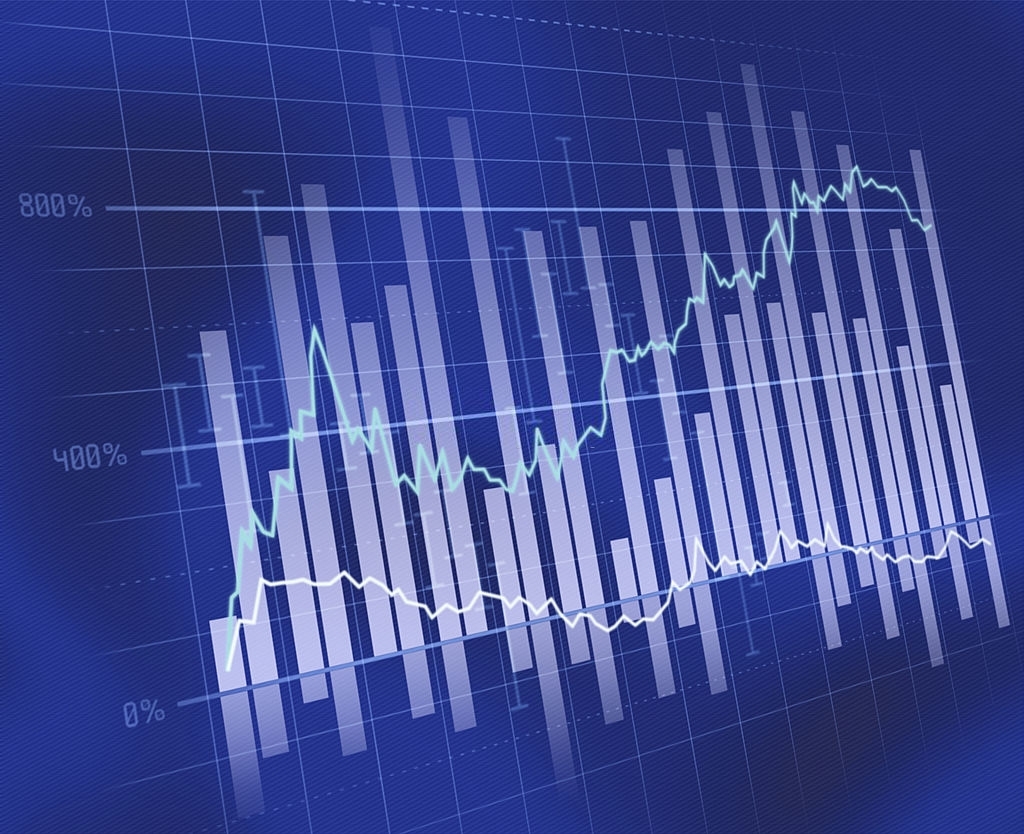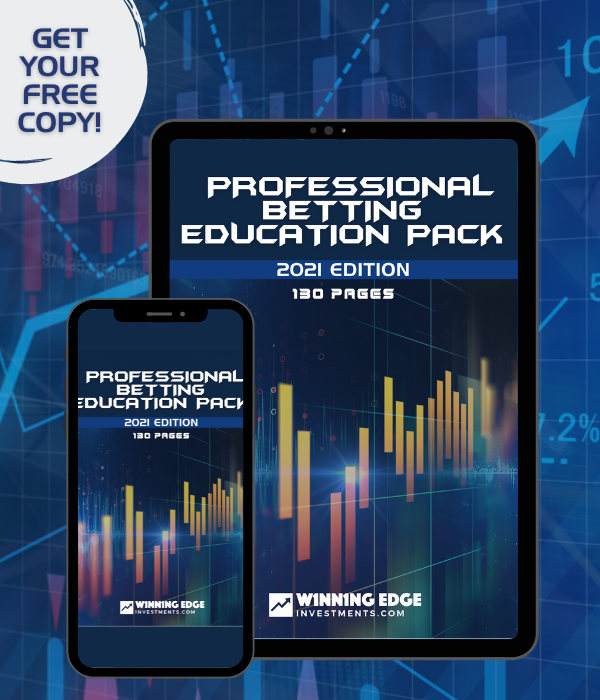
Understanding market percentages
You most likely would have heard presenters on Sky Racing or Racing.com lamenting about a country meeting where the bookmakers have opened up the market at say 140%. Often they say it to explain why the odds for each runner are so low, or why every runner is drifting in the market. But what do these percentages really mean?
Let’s show you an example of a real previous race to explain market percentages.
This was Gold Coast R5 on Sat 22 Nov, a Class 5 1400m handicap.
Early Bet365 & Sportsbet prices were taken at 5.30pm on Fri 22 Nov, the day before the race.
|
No |
Horse |
Bet365 |
% of market |
Sportsbet |
% of market |
Combined Best Price |
Total % |
|
1 |
Sigmund |
3.0 |
33.3 |
4.0 |
25.0 |
4 |
25.0 |
|
3 |
Curfew |
2.7 |
37.0 |
2.25 |
44.4 |
2.7 |
37.0 |
|
4 |
Domini |
7.5 |
13.3 |
9.0 |
11.1 |
9 |
11.1 |
|
5 |
Some Call Her Wild |
9.0 |
11.1 |
6.5 |
15.4 |
9 |
11.1 |
|
6 |
Tragedy |
17 |
5.9 |
17 |
5.9 |
17 |
5.9 |
|
7 |
Full Blast |
26 |
3.8 |
8.5 |
11.8 |
26 |
3.8 |
|
8 |
Rosey Joan |
5 |
20.0 |
26 |
3.8 |
26 |
3.8 |
|
|
Total |
|
124.4 |
|
117.4 |
|
97.7 |
The market percentage applied to each runner is calculated by dividing 100 by their odds. So with number 1 Sigmund, 100/$3=33.3%, and with number 9 Rosey Joan, 100/5=20.0%.
Now if you had proportionally backed each runner to win $100 with Bet365, due to the market percentage of 124.4%, you would have outlaid $124.40 to get back $100. This is clearly a poor bet, and shows why the higher the market percentage is, the greater the bookmaker’s advantage is, and the more difficult it is to beat the bookmaker long term.
Incredibly, because the two bookmaker prices were so different, even in this early market by taking the highest possible price with each bookie, this gave you a market percentage of 97.7%. This actually means you could potentially have backed every runner in the race for a profit. This is called arbitrage.
|
No |
Horse |
Combined Best Price |
Bet to win $100 |
|
1 |
Sigmund |
4 |
25.00 |
|
3 |
Curfew |
2.7 |
37.00 |
|
4 |
Domini |
9 |
11.10 |
|
5 |
Some Call Her Wild |
9 |
11.10 |
|
6 |
Tragedy |
17 |
5.90 |
|
7 |
Full Blast |
26 |
3.80 |
|
8 |
Rosey Joan |
26 |
3.80 |
|
|
Total |
|
$97.70 |
As you can see, the total spend on the race would have been $97.70, for a $100 return and a $2.30 profit. Note that given this race was the day before the race, scratchings and deductions could have come into play, but for now understanding the concept of market percentages, and how they are calculated, is what’s important.


-1617015932.png)
-1609849817.png)

-1609850849.png)


